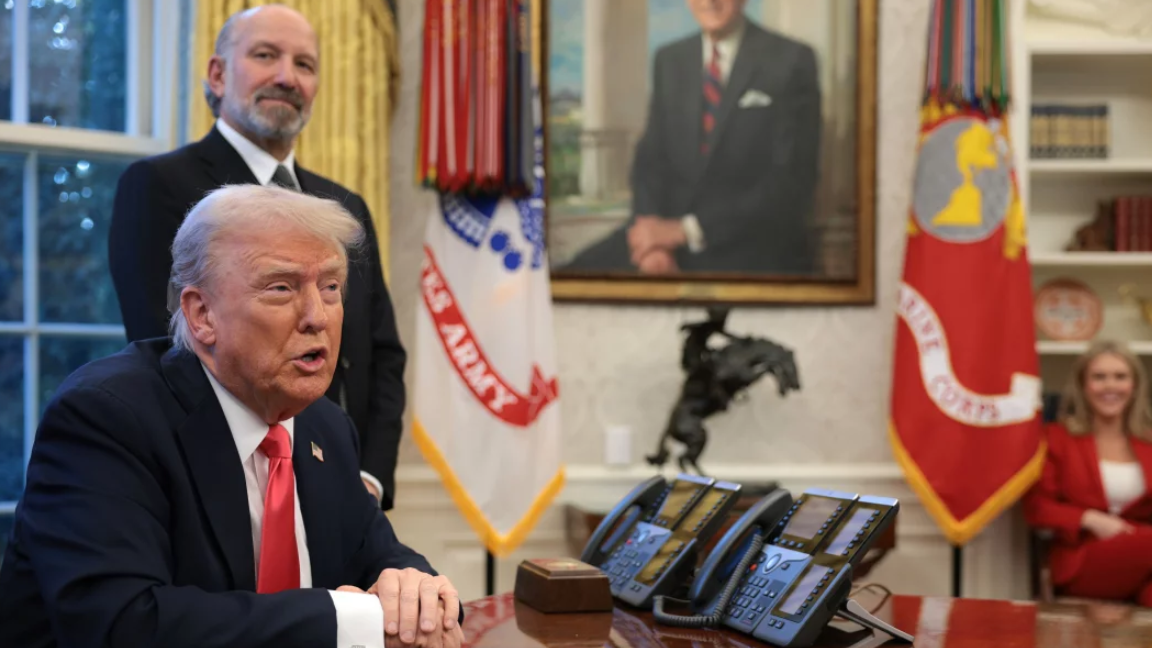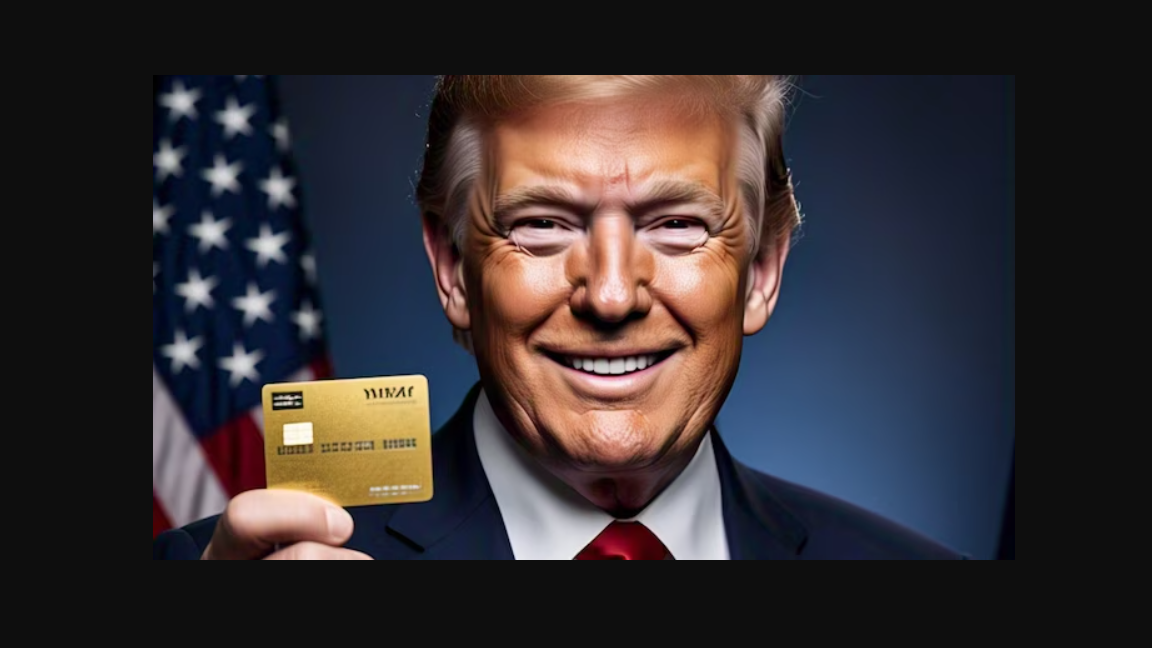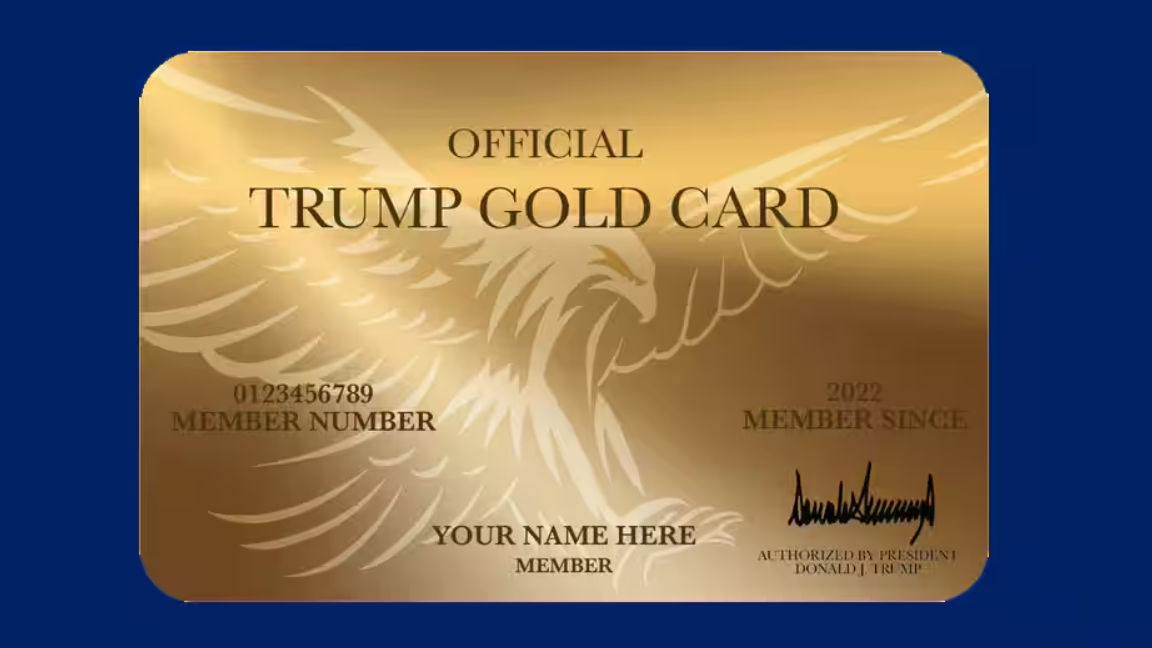
President Trump Proposes $5 Million ‘Gold Card’ to Replace EB-5 Visa Program
Trump Gold Card: In a significant shift in U.S. immigration policy, President Donald Trump has announced plans to replace the existing EB-5 Immigrant Investor Program with a new initiative dubbed the ‘Trump Gold Card’. This proposal aims to attract affluent foreign investors by offering a streamlined path to U.S. residency and citizenship for a $5 million investment.
The EB-5 Visa Program: A Brief Overview of Trump Gold Card
Established by Congress in 1990, the EB-5 visa program was designed to stimulate the U.S. economy through job creation and capital investment by foreign nationals. Under this program, investors could obtain a green card by investing a minimum of $1.05 million, or $800,000 in targeted employment areas, into a U.S. business that would create at least ten full-time jobs for American workers.
While the EB-5 program has facilitated significant foreign investment, it has also faced criticism for being susceptible to fraud and for not adequately benefiting underserved regions as initially intended.
Introducing the ‘Trump Gold Card’

The proposed ‘Trump Gold Card’ seeks to overhaul the current system by increasing the investment threshold to $5 million. In return, investors would receive permanent residency status with a pathway to citizenship. President Trump emphasized that this initiative is designed to attract “world-class global citizens” and address concerns associated with the EB-5 program.
Commerce Secretary Howard Lutnick elaborated on the proposal, stating that the ‘Trump Gold Card’ would replace the EB-5 program within two weeks. He highlighted that the new scheme aims to eliminate issues of fraud associated with the current system by implementing a more straightforward, albeit more expensive, route to residency.
Open to All, Including Russian Oligarchs
One of the more controversial aspects of the ‘Trump Gold Card’ proposal is its inclusivity. President Trump indicated that the program would be open to wealthy individuals worldwide, including Russian oligarchs. He noted that some of these individuals “are very nice people,” suggesting that the program would not discriminate based on nationality.
This inclusivity has raised eyebrows, especially given ongoing geopolitical tensions and concerns about the sources of wealth of certain foreign nationals.
Reactions and Implications

The announcement has elicited mixed reactions from various stakeholders:
- Immigration and Wealth Advisers: Experts in immigration and wealth management have expressed skepticism about the program’s attractiveness. They argue that the $5 million price tag, coupled with potential tax implications, may deter many potential applicants.
- Economic Considerations: The administration suggests that funds generated from the ‘Trump Gold Card’ could be used for deficit reduction. However, critics question whether the program will attract enough participants to make a significant economic impact.
- International Comparisons: Similar residency-by-investment programs exist in countries like the United Arab Emirates and New Zealand. However, these programs often have lower investment thresholds and different benefits, making direct comparisons challenging.
Conclusion
The proposed ‘Trump Gold Card’ represents a bold attempt to reform U.S. immigration policy by targeting wealthy investors willing to make substantial financial commitments. While it aims to address flaws in the existing EB-5 program, questions remain about its potential effectiveness and the broader implications of offering residency to the global elite, including controversial figures like Russian oligarchs.
As the administration prepares to release full details of the proposal in the coming weeks, stakeholders and observers will be keenly assessing whether this high-priced path to citizenship aligns with America’s economic interests and values.

2 thoughts on “Trump Gold Card vs. EB-5 Visa: What’s Changing for Wealthy Immigrants?”